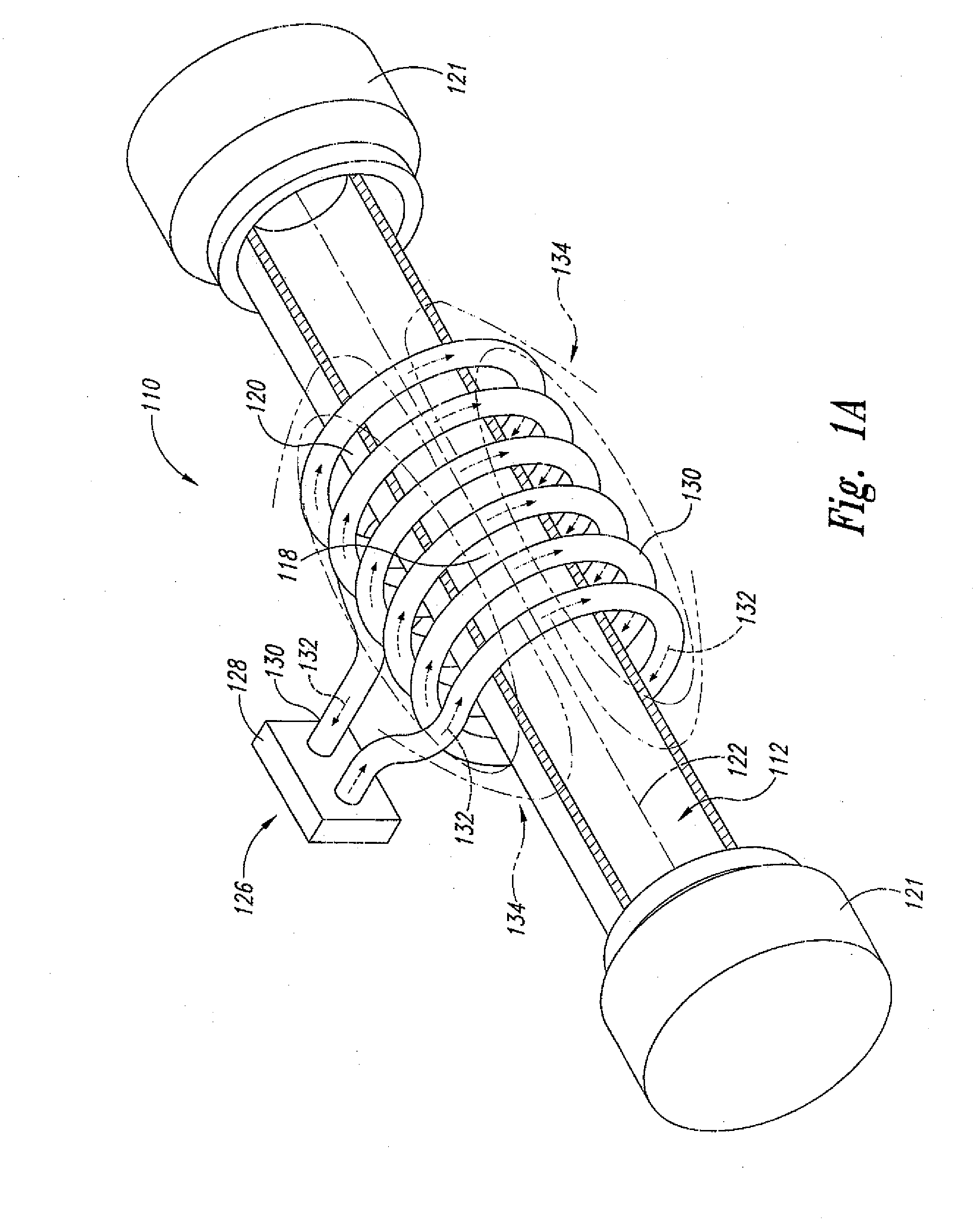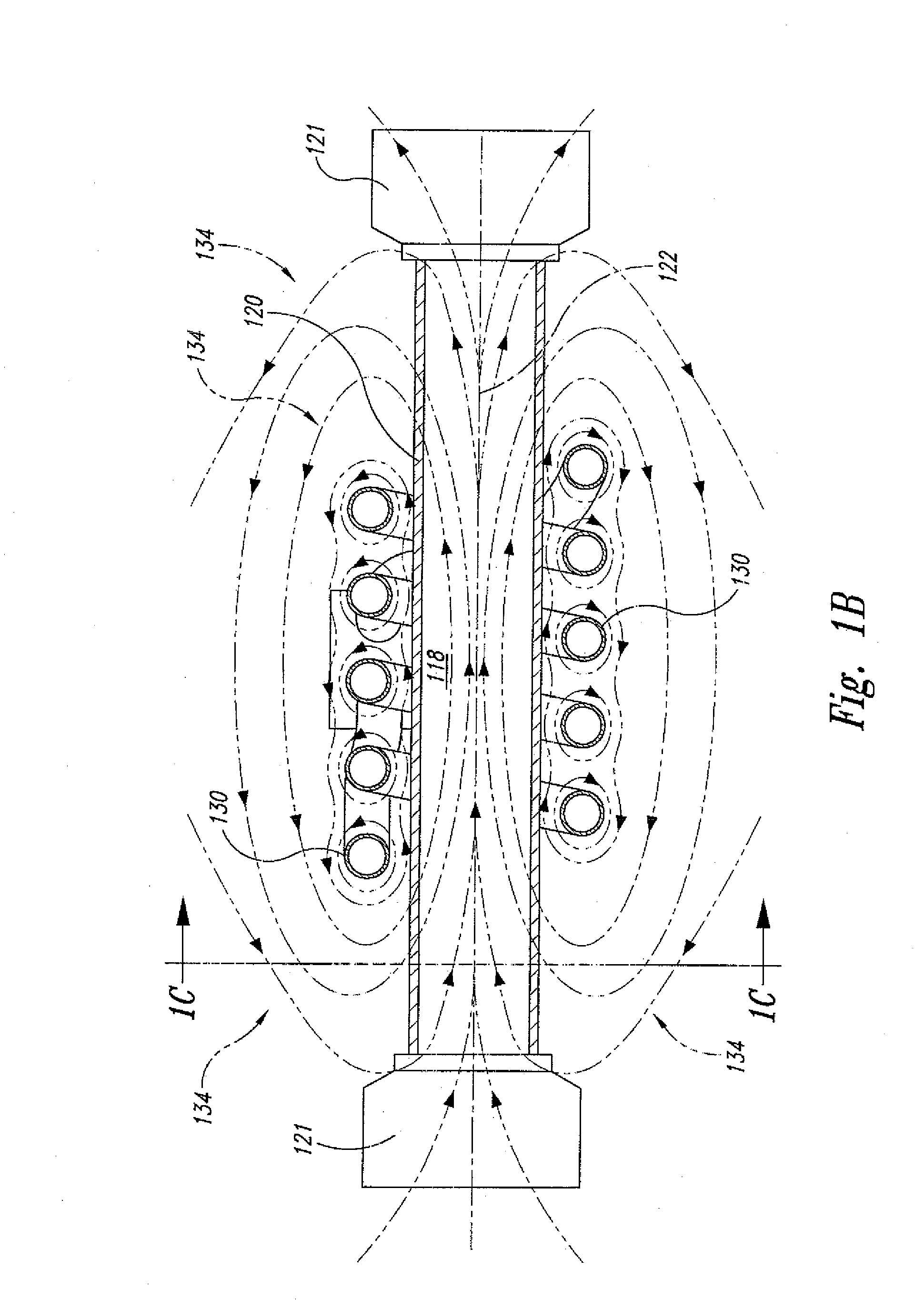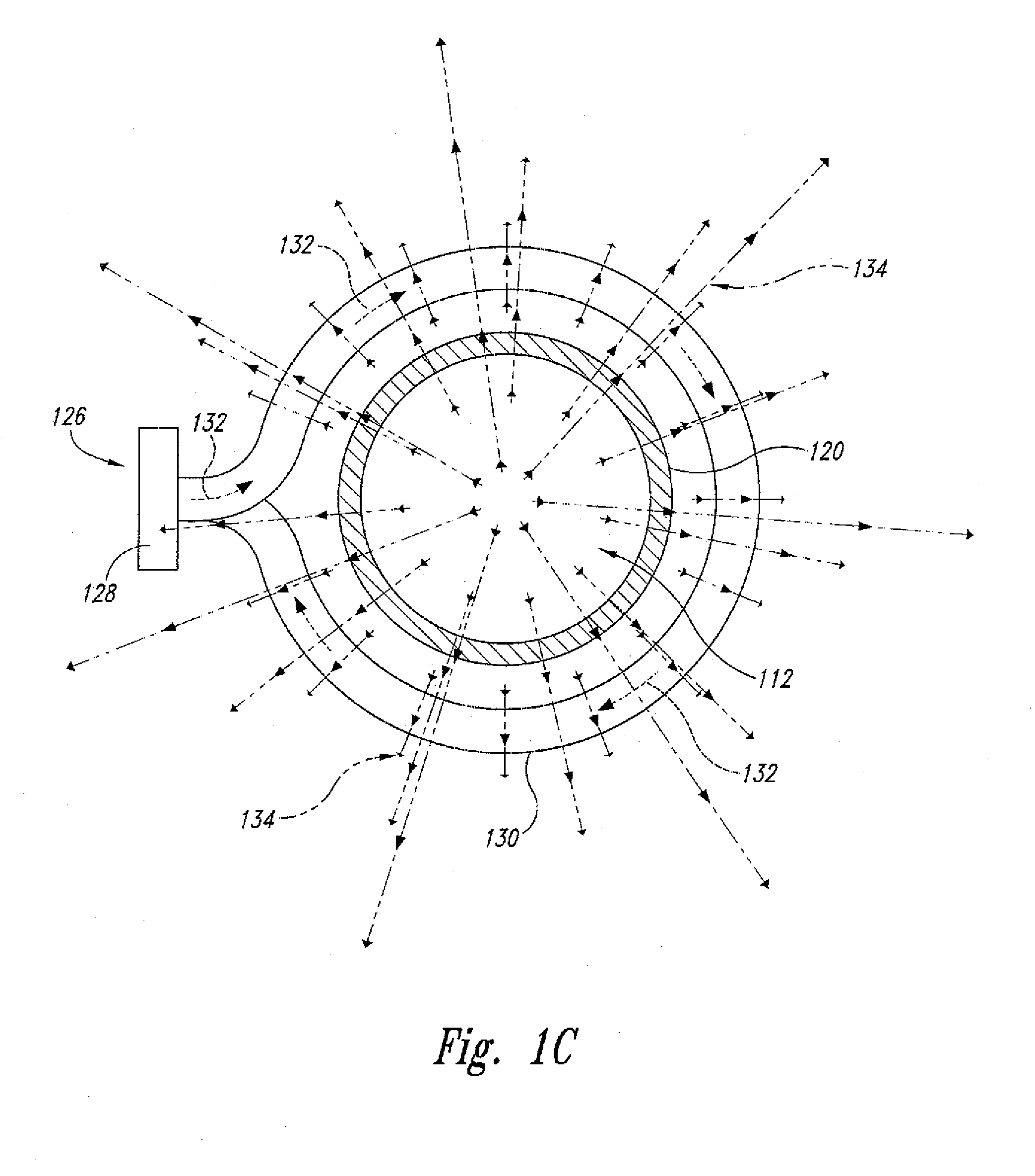Biomass and waste plastics to neodiesel and valuable chemicals via supercritical water
a technology of biomass and waste plastics, which is applied in the direction of supercritical condition processes, liquid displacement, separation processes, etc., can solve the problems of inefficient conventional methods for converting cellulose to glucose through acid hydrolysis and enzymatic saccharification, and achieve the effect of enhancing rapid cleavage and depolymerization
- Summary
- Abstract
- Description
- Claims
- Application Information
AI Technical Summary
Benefits of technology
Problems solved by technology
Method used
Image
Examples
examples
[0048]We, the inventors of the various embodiments disclosed herein, conceived, designed, built, and successfully tested the world's first electromagnetic induction heated supercritical fluid polymer depolymerization machine. In this regard, our novel polymer depolymerization machine validates our concept of rapidly converting selected biomass and / or waste plastic materials into a plurality of reaction products including glucose (and other fermentable sugars), hydrocarbons, and various aromatic compounds that, in turn, are readily convertible into liquid motor fuel, collectively referred to as “neodiesel.” To this end and for purposes of validation, we built a series of cylindrical shaped stainless steel (15-5 SST) pressure vessels having wall thicknesses of about 0.062 inches (as shown and described in the engineering drawings denoted as FIGS. 4A-F) and having an internal volume of about 3.0 ml. We also acquired an electromagnetic induction heating system (model SP-16A Induction He...
PUM
| Property | Measurement | Unit |
|---|---|---|
| pressure | aaaaa | aaaaa |
| pressure | aaaaa | aaaaa |
| temperature | aaaaa | aaaaa |
Abstract
Description
Claims
Application Information
 Login to View More
Login to View More - R&D
- Intellectual Property
- Life Sciences
- Materials
- Tech Scout
- Unparalleled Data Quality
- Higher Quality Content
- 60% Fewer Hallucinations
Browse by: Latest US Patents, China's latest patents, Technical Efficacy Thesaurus, Application Domain, Technology Topic, Popular Technical Reports.
© 2025 PatSnap. All rights reserved.Legal|Privacy policy|Modern Slavery Act Transparency Statement|Sitemap|About US| Contact US: help@patsnap.com



